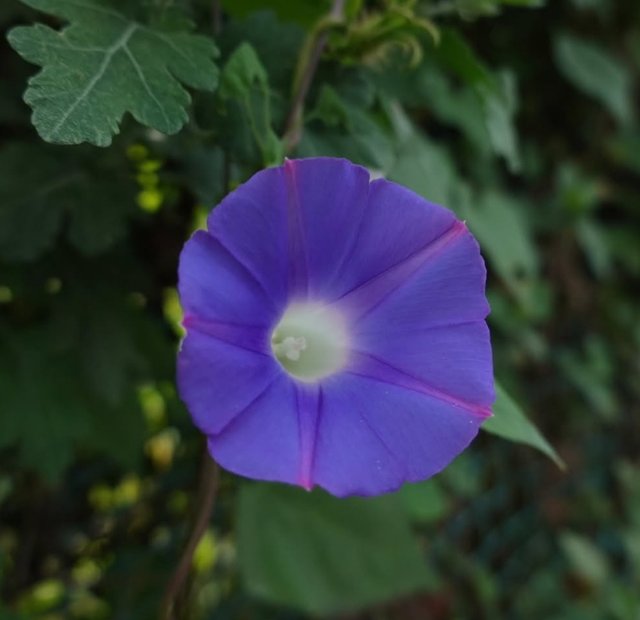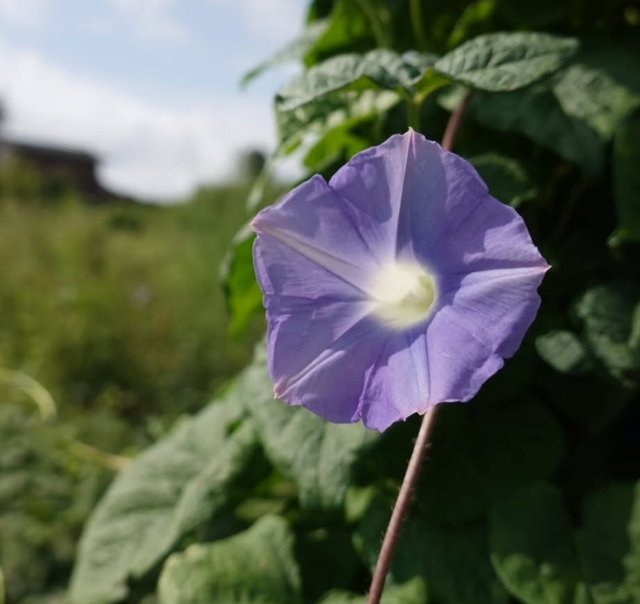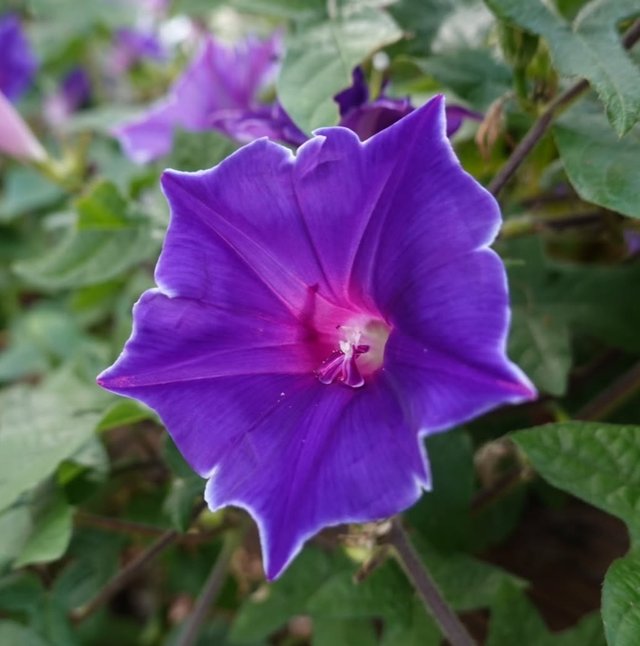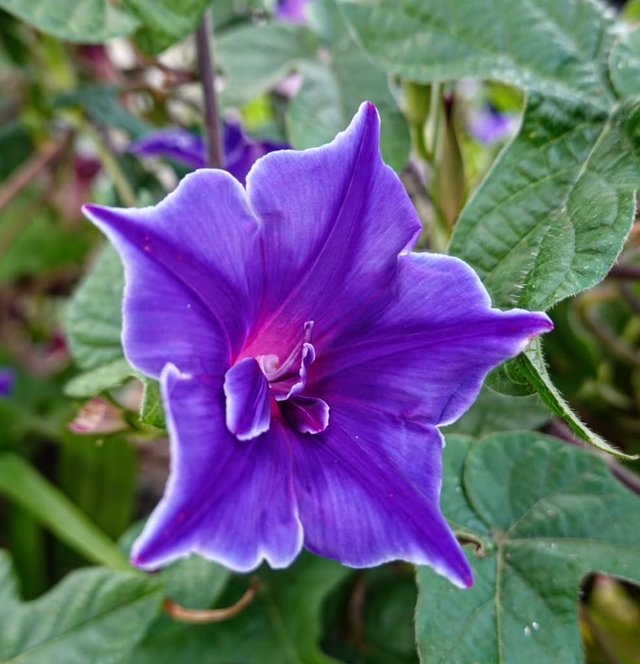Japanese Morning Glory Flower
The Japanese morning glory, known as Asagao in Japan and scientifically called Ipomoea nil, is one of the most beloved ornamental flowers in Japanese culture. With its delicate, trumpet-shaped blooms that unfurl in the early hours of the day, this climbing vine has captured hearts for centuries. Its charm lies not only in its vibrant beauty but also in the deep cultural symbolism it carries in art, poetry, and seasonal traditions.
Appearance and Growth
Japanese morning glory is a member of the Convolvulaceae family, related to other morning glory species, but it has been cultivated and refined in Japan for hundreds of years. The flowers typically open at dawn and fade by midday, giving them a fleeting, ephemeral quality. They come in shades of blue, purple, pink, red, and white, often with striking patterns such as stripes or star-like designs. The lush, heart-shaped leaves create a lovely backdrop for the blossoms, and the vine can quickly climb trellises, fences, or poles, making it ideal for vertical gardening.
Morning glories thrive in full sunlight and well-drained soil. In Japan, they are traditionally grown during the hot summer months, where their green leaves provide shade and their blooms bring freshness to gardens and verandas. They are often displayed in hanging pots or trained along bamboo trellises to highlight their cascading beauty.
Cultural Significance in Japan
The Japanese morning glory has been cherished since the Heian period, when it was first introduced from China as a medicinal plant. By the Edo period, it had become a popular ornamental flower, with horticulturists in Edo cultivating countless varieties and holding flower-viewing competitions. Rare cultivars with unusual leaf shapes or flower patterns were especially prized and even became objects of status among collectors.
Symbolically, the morning glory represents the fleeting nature of life, echoing the Buddhist concept of impermanence. Because its blossoms last only for a few hours each day, it has long been seen as a reminder of beauty’s transience and the importance of cherishing the present moment. In literature and art, the morning glory often appears in haiku, paintings, and seasonal motifs, marking the freshness of summer mornings.
Uses and Symbolism
While primarily ornamental, Japanese morning glory has historical ties to medicine. Early on, its seeds were used in traditional remedies as a laxative, though this practice is less common today. More significantly, it became a beloved motif in textile design, ceramics, and woodblock prints. For many, the flower evokes nostalgia for childhood summers, as it is often grown by schoolchildren as part of seasonal projects.




%20(10).jpeg)